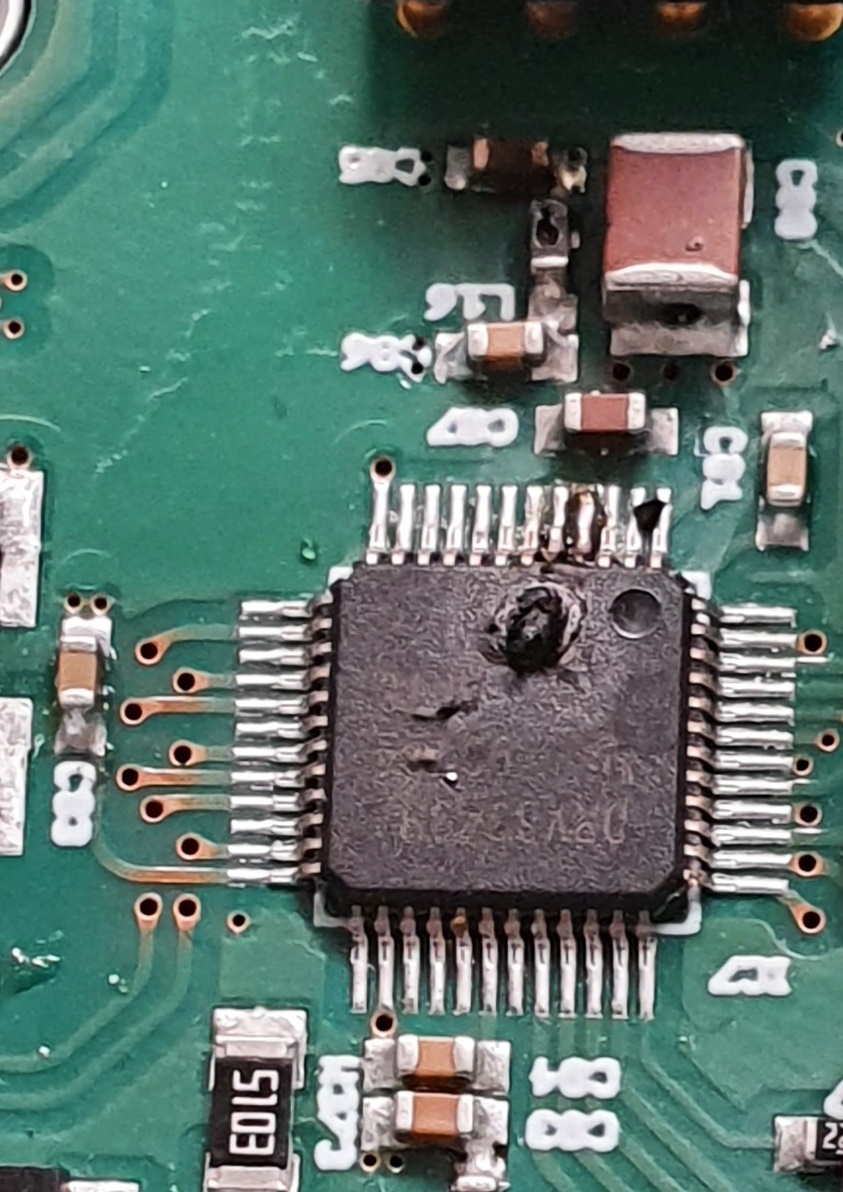Other Parts Discussed in Thread: DRV8350,
Hello dear TI Supporot team
I would like to use the IC in 4 quadrant (servo) operation. By using the INHA pin on high and the INHC pin as pwm Pin.
This works fine with 24V but I need to use 48V. Since the IC is designed for up to 60 V that shoud work I guess using VM=48V.
But it broke after a short time. Is there something you have to consider with VM= 48V? e.g. lower CVCP.
This is Picture of my circuit:
DRV8343H.pdf
Sincerely, Patrick Stubner.


